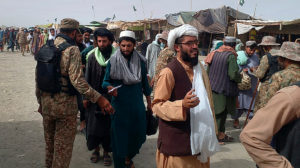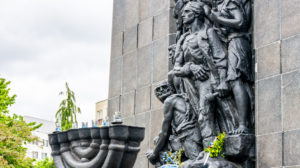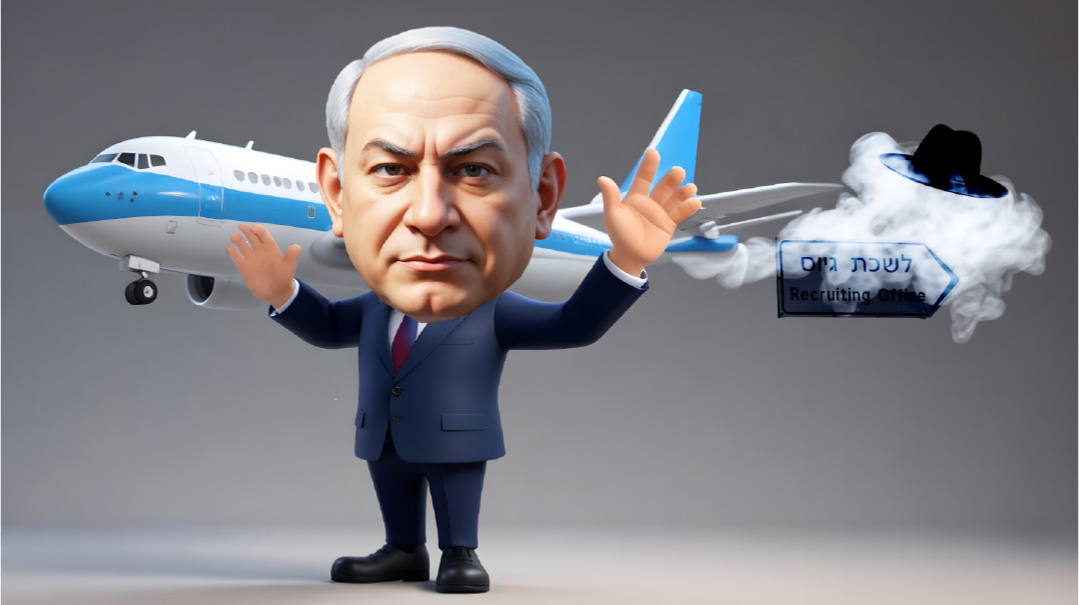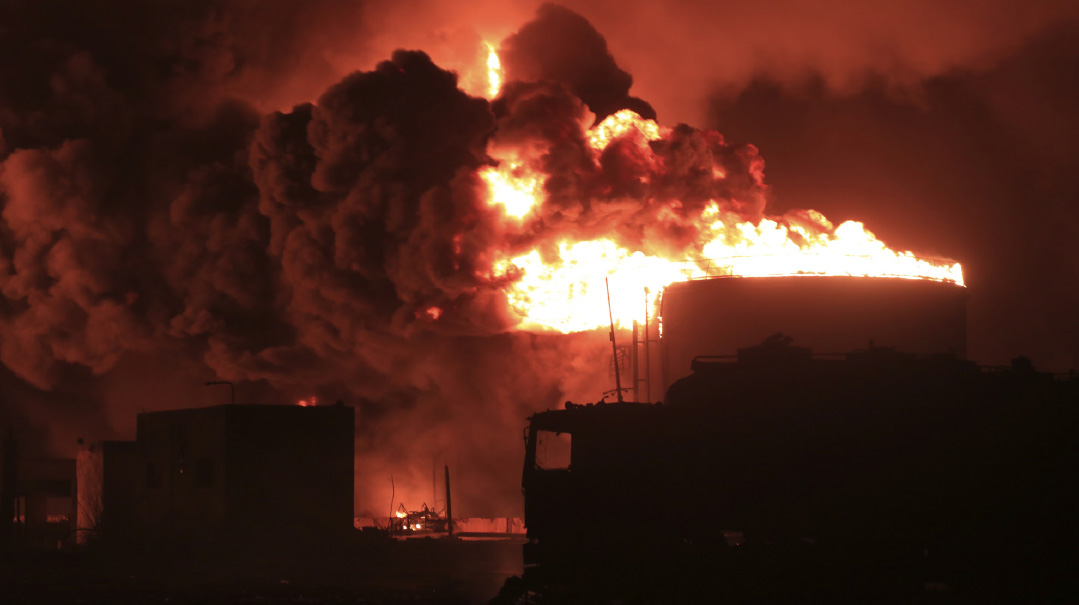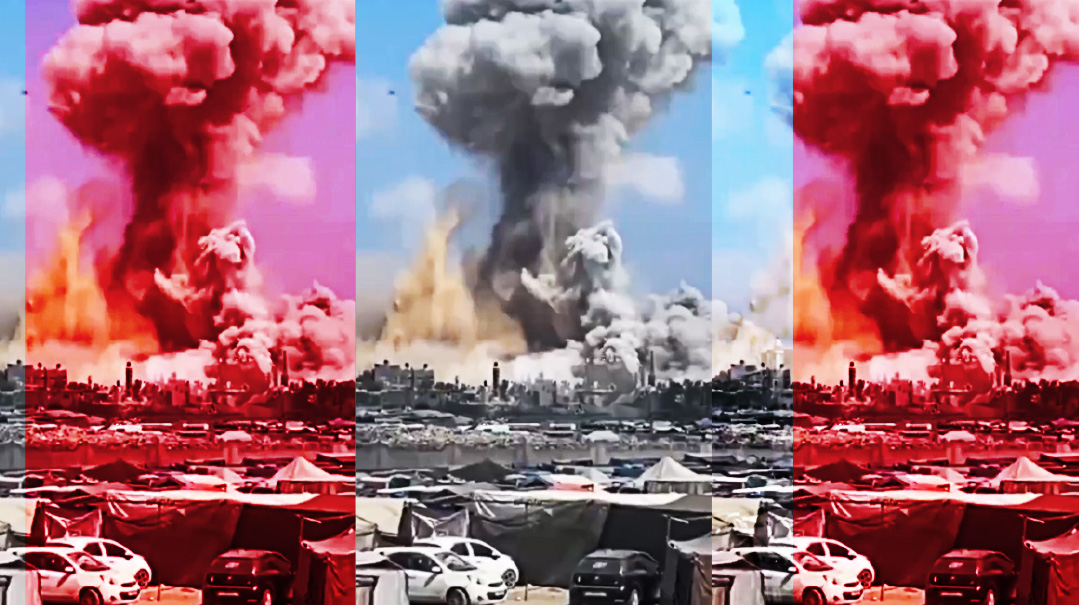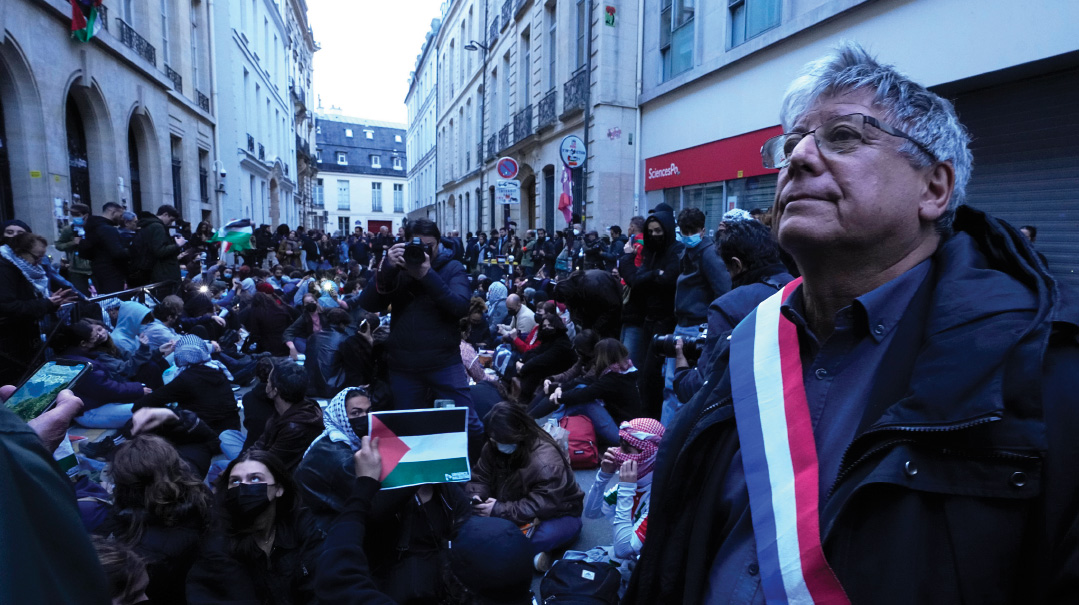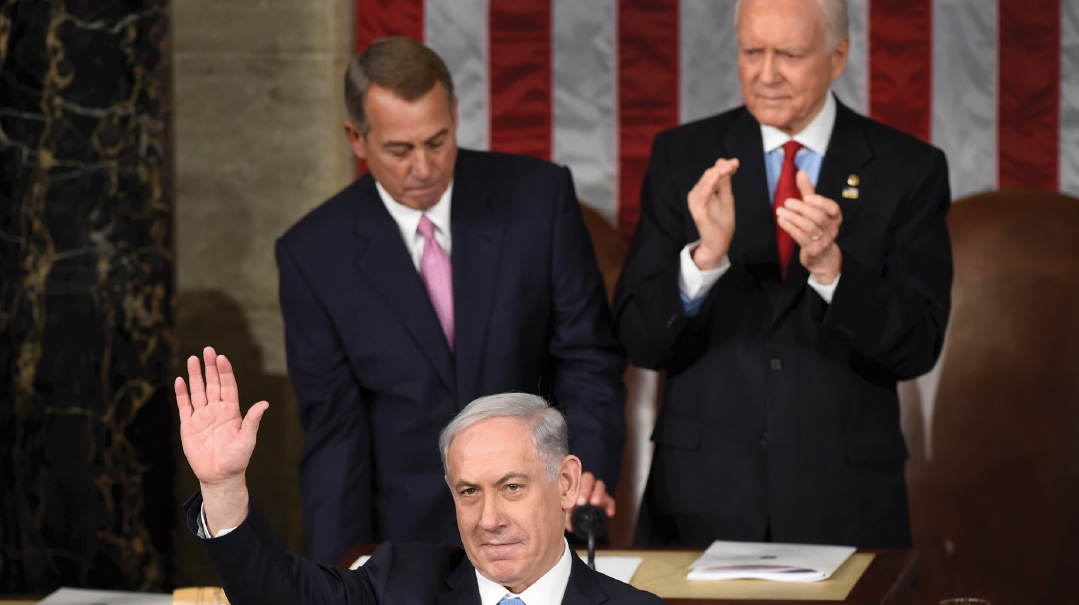Going for the Kill
| December 9, 2020Inside the Mossad's pinpoint Iranian operation: An open-source intelligence scan reveals what happened during the lead-up and the fateful moments that tipped the balance of terror
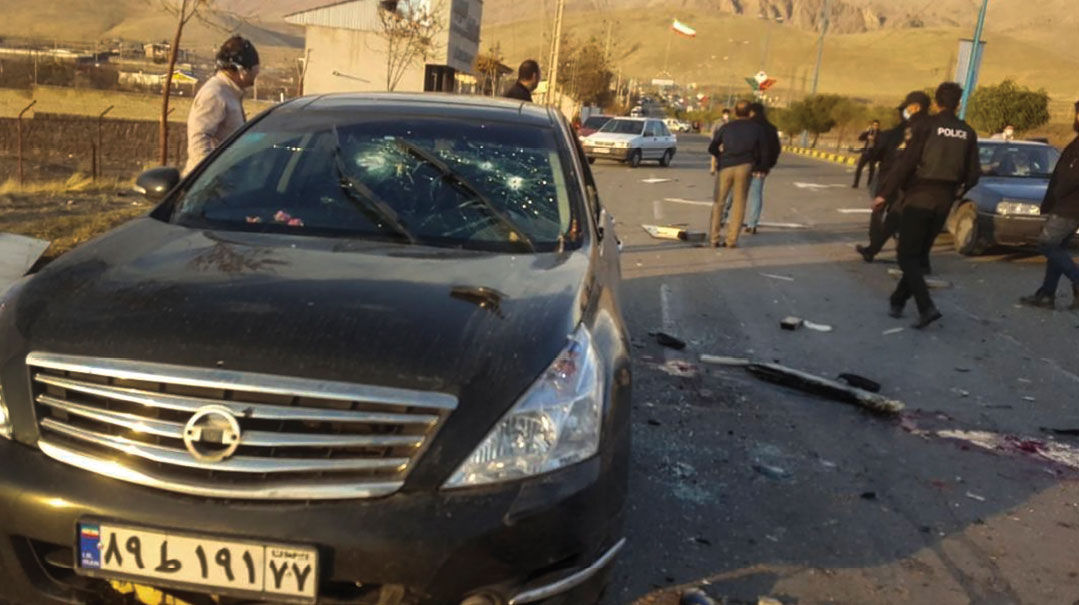
The dramatic assassination of Iranian nuclear weapons chief Mohsen Fakhrizadeh on November 27 ratcheted up tensions in the Middle East, just as Washington readies for a transition of power. The killing was carried out in a carefully planned operation that capped years of planning.
Fakhrizadeh held the rank of brigadier general in Iran’s Islamic Revolutionary Guard Corps (IRGC), and was the head of the Organization of Defensive Innovation and Research (known by its Persian acronym SPND), a top-secret branch of the Iranian defense ministry somewhat equivalent to Israel’s Directorate of Defense Research and Development. But Western intelligence says SPND oversees Iran’s development of nuclear warheads deliverable on ballistic missiles.
No one has claimed responsibility for the hit, but speculation centers, naturally, on Israel, with assistance from the outgoing Trump administration and possible involvement of Saudi Arabia. If this is true, this aligns with the policy that led to the liquidation of IRGC head Qassem Soleimani in January. It greatly complicates President-elect Joe Biden’s hopes of restarting the JCPOA — the Obama administration’s “Iran deal.”
An open-source intelligence scan reveals what happened during the lead-up and the fateful moments that tipped the balance of terror.
Stage One: Exposure
The SPND and its head only entered Israel’s public consciousness on April 30, 2018, during a special briefing by Prime Minister Binyamin Netanyahu at the Kirya in Tel Aviv, where he revealed that the Mossad had broken into the Iranian nuclear archive in Tehran and spirited it intact to Israel. Netanyahu presented the archive material, including top-secret documents identifying Fakhrizadeh as the “father of the Iranian nuclear project,” the leader who recruited nuclear scientists from the physics and engineering departments of the country’s best universities.
Those in the know already knew of Fakhrizadeh. For years he had been at the top of the Mossad’s wanted list, but he was an elusive prey. Four of his subordinates, who perished in pinpoint attacks, were not so lucky. Then in late 2012, a Western intelligence agency decided to expose the names and identifying details of all the scientists participating in Iran’s nuclear program, in a number of short video clips in Farsi.
The goal of the videos was twofold. First, to expose Iran’s secret: No longer would the ayatollahs be able to brazenly deny to the world that they were working on a nuclear weapon. Second, to frighten the Iranian nuclear scientists involved by showing them that the West knew who they were. In the clips, the anonymous intelligence agent specifically threatened Fakhrizadeh.
Stage Two: ID and Tracking
In recent years, Western intelligence agencies (with help from Iranian opposition groups) located several research and development centers where Fakhrizadeh was supervising Iran’s nuclear weapons program. From there, they were able to form a complete picture of his schedule and movements.
Fakhrizadeh had to travel the 80 kilometers from his Tehran headquarters to his comfortable villa in the outlying town of Absard at least once a week. There were recent reports of a new testing site opening in Chujar, off Route 79, east of Tehran, not far from Absard. Agencies began to amass details of the exact route he took from his Tehran offices to his home in Absard; of the level of his security and how it could be cracked; and of opportunities that could potentially be utilized in a potential assassination mission.
Of course, in a successful assassination, the target must be identified with 100 percent certainty. During Netanyahu’s 2018 briefing, he presented a very out-of-date photo of Fakhrizadeh. This was a calculated attempt to lull Iranian intelligence into a false sense of security. It’s now clear that Israel’s defense establishment knew very well that Fakhrizadeh had aged and grown a beard.
Two years ago, in January 2019, the identification was made official, completely by accident. Iran released a current photo of Fakhrizadeh showing him at a meeting with Supreme Leader Ali. With the identification certain and the tracking operation a success, all that was left was to carry out the assassination.
Stage Three: Ambush
Friday, November 27, 2:15 p.m.
Many conflicting accounts came out in the wake of the assassination, but certain elements are common to all of them. An official black Nissan Teana sedan carrying Fakhrizadeh turned south off Route 79 onto a two-lane road leading to Absard, 80 kilometers east of Tehran.
The car was of the type reserved for Iranian defense ministry officials, and under the standard protocol it was accompanied by a lead security car, tasked with scouting the road ahead, and another bringing up the rear, meant to fend off attacks from behind and provide backup.
The lead security car had driven ahead to secure the entrance of the town. Fakhrizadeh’s black Nissan Teana, followed by the security car in back, journeyed a kilometer down the two-lane road and encountered, parked at the roadside, a blue Nissan Junior delivery truck — a vehicle commonly used by tradesmen in Iran.
At a distance of 300 meters from the truck, without warning, the windshield of Fakhrizadeh’s car suddenly cracked. To the driver (some accounts say it was Fakhrizadeh himself), it looked like something had landed on his car and broken the windshield. He tried to clear his field of view by activating the wipers. But on instinct, he braked and pulled off to the side of the road.
By now the distance between the black Teana and the blue truck was just 150 meters, and its role in the incident was still unclear to Fakhrizadeh’s security detail. Maybe they hadn’t even noticed it.
Stage Four: Explosion
Fakhrizadeh was in the stopped Teana with his wife in the seat beside him and a bodyguard. The second security car behind him now screeched to a halt. The two bodyguards inside disembarked and sprinted to Fakhrizadeh’s car. One of them was Hamed Etzari, the head of Fakhrizadeh’s security detail, an experienced security agent who had previously guarded Menouchehr Mottaki, Iran’s former foreign minister, among other senior officials.
Etzari ordered the guard in Fakhrizadeh’s car to lock the doors of the vehicle. In these few seconds the situation became clear to the guards: the damage to the Teana’s windshield was caused by gunfire. But that realization came too late.
The blue delivery truck parked by the side of the road exploded, sending red-hot metal shrapnel and its cargo of wooden boards flying in all directions.
Stage Five: Elimination
It is unclear where the gunfire originated. Some accounts say it came from a remote-controlled machine gun — like the Sentry Tech system, from Israel’s Rafael Advanced Defense Systems — positioned on the truck. Other accounts say a squad of heavily armed professional operatives emerged from somewhere.
Photos released by Iran of the assassination scene show what the damage to Fakhrizadeh’s windshield was: three bullet holes, tightly grouped, directed right at the driver.
According to one scenario, Fakhrizadeh was already mortally injured — even before the blue truck exploded — by shots fired from the remote-controlled machine gun concealed on the back of the blue Nissan truck.
Another version takes account of the fact that Fakhrizadeh’s death could not have been confirmed unless there was a team of assassins physically present at the scene. After the explosion, the operatives must have moved in on the vehicle, taking out any surviving guards.
Under this theory, there was still one bodyguard inside the locked car, behind a prone Fakhrizadeh in the driver’s seat and his wife beside him. Now a small explosive or other device was used to smash the panel window of the car’s left rear door, through which the assassins were able to insert a 9mm pistol and neutralize the man in the driver’s seat with a bullet to the back of the head. The damage to the windshield would have been caused by shots from inside the vehicle. The discovery of a 9mm bullet casing on the back seat backs up this scenario.
In all, two minutes elapsed from the beginning of the operation to its end. The only person left alive was Fakhrizadeh’s wife. Outside the car lay a body with a mortal injury. It’s possible that this was Fakhrizadeh, dragged out to ensure his death with bullets to the head.
Stage Six: Sabotage and Getaway
With the target eliminated, all that remained was the getaway. For this component of the plan, it was essential to create a window of time after the moment of the strike before the enemy could recover and regroup.
The exploding truck — perhaps left sitting near an electric pole — had caused a power outage in the area, likely intended to hamper efforts to report the incident and catch the perpetrators.
A quick look at a map of the assassination site reveals that it chosen based on a set of tactical advantages, including where the closest police and military personnel were stationed. The only police station in Absard is located across town, near its southern entrance, meaning a lengthy response time.
Some Iranian reports claimed the perpetrators escaped by car or motorcycle, fleeing north toward Route 79, and west from there to the crowded northern suburbs of Tehran. The only other option would have been to flee to Absard, a small town where everyone knows everyone and strangers could not have helped but excite suspicion.
The getaway was a success. As of this writing, Iranian intelligence has yet to trace the assassination team, or to locate a single one of its members.
Who Did It?
The big remaining question is: Who assassinated Fakhrizadeh? Iranian intelligence would be willing to pay a lot of money to answer that question.
The Iranians’ official investigation reveals methods and technologies that the regime hasn’t encountered in any of the prior operations targeting its nuclear scientists. All the previous assassinations were carried out by two operatives on motorcycles drawing up on either side of the target’s vehicle, planting a bomb on his car or taking him out with a silenced gun. This “traditional” method takes no more than a few seconds, with the assassins fleeing into the crowded streets of Tehran.
Fakhrizadeh’s assassination, on the other hand, was a multistage operation, with increasing danger at every stage. The operation demanded real-time risk management, with visual tracking from the command center and a supporting team of locals to help set up the armed, booby-trapped Nissan truck. Whoever operated the remote controls had to have total command of the technology. An operation of that level requires countless reenactments, to reveal every possible flaw in the plan and prepare the agents involved for every development.
The New York Times claims to have confirmed beyond a doubt that the Mossad was behind the operation, based on conversations with three Western intelligence sources. Tehran has made the same charge, adding that the operation was carried out by smuggling Israeli military technology into the country and using local recruits from Iranian opposition groups.
An Iranian media report shows images of the men purportedly suspected by Iranian intelligence to be the perpetrators. These pictures have been posted in every hotel across the country. But in all probability the assassins have long fled to safety, and are perhaps already many miles from Iran.
Aside from the loss of Fakhrizadeh, so central to its nuclear program, the entire operation is a tremendous blow to Tehran’s prestige and morale. Iranian intelligence officials insist that an automatic machine gun operated from a far-off observation post is what allowed the perpetrators — whom they identify as the Mossad — to neutralize Fakhrizadeh and his bodyguards. But that assertion is already drawing flak, because it conveniently lets Iranian intelligence off the hook for allowing a large assassination team through a gaping hole in the country’s defenses.
Smart Control
Interestingly, Israel recently revealed it has developed a fire control system that operates a machine gun remotely by handheld computer. The system allows the operator to observe the scene from afar and zero in on the target through a smart control system.
The control system uses AI to automatically track a moving target. Image processing allows it to zero in on the target through information fed in ahead of time: for instance, the image of a particular car, a license plate number, or even a person’s gait. The smart shooting system locks in on the target through electro-optic sensors and follows its movements, allowing for “one shot, one hit,” preventing civilian casualties.
The advantage of this system is the gun’s light weight — just 15 kilograms. The weapon is set up on a stand, in accordance with the needs of the operation: for instance, an assault rifle, a hunting rifle, or a sniper rifle with a silencer.
One of the weapon systems that operates on this system was developed by Rafael Advanced Defense Systems (formerly known as the Armament Development Authority). The system is based on a fire control system called SMASH, and is in use by the IDF and US special forces units in Iraq and Syria.
(Originally featured in Mishpacha, Issue 613)
Oops! We could not locate your form.




